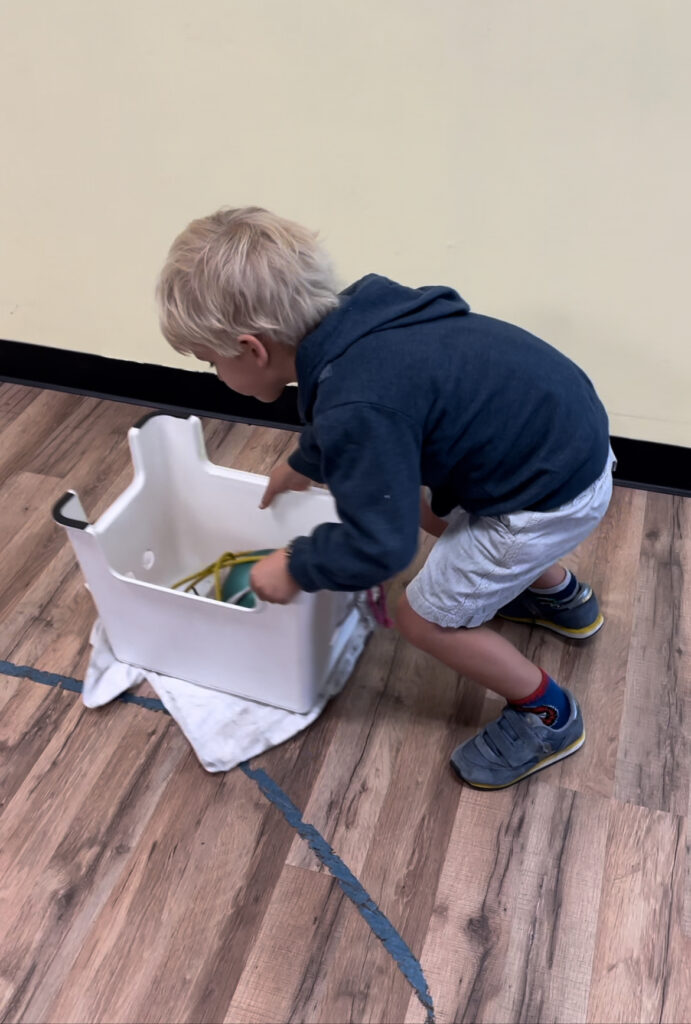
The sensory system includes what we see, hear, smell, taste, and touch and what it tells us about our environment. The sense’s responsibility is to receive information from both outside and inside of our bodies and communicate those to our nervous system. Sensory integration is how our senses organize and process the information that our senses are receiving. When our sensory system is working together, we are able interact within our environment appropriately, purposefully, and meaningfully. However, when our sensory system is not working together is when we notice our bodies feeling dysregulated.
Dysregulation can look like this:
- Clumsiness
- Avoiding touch
- Hiding
- Covering ears
- Excessive movements
- Touching everything
- Making sounds
- Licking or chewing on non-food items
A simpler way to understand sensory dysregulation is by having two different categories:
- Over responsive/sensory avoiders: the body may be responding too much to information that is being processed, so strategies may be like hiding or avoiding the stimulus to remain regulated.
- Under responsive/sensory seekers: the body may be responding too little, therefore the person is looking for more input to remain at baseline
Solutions for over responsive/sensory avoiders:
- Calming activities
- Breathing activities
- Quiet corners
Solutions for under responsive/sensory seekers:
- Heavy work activities
- Brain breaks
- Fidget toys
- Variety of sensory activities
Common behaviors that are not sensory dysregulation:
- Crying because they were told no.
- Pushing someone because a toy was taken from them.
- Eating all types of food, however, won’t eat what the families eating.
- Throwing toys after being told they had to clean up.
- Screaming after being teased or mocked.
Check here for activities you can do to support your child!